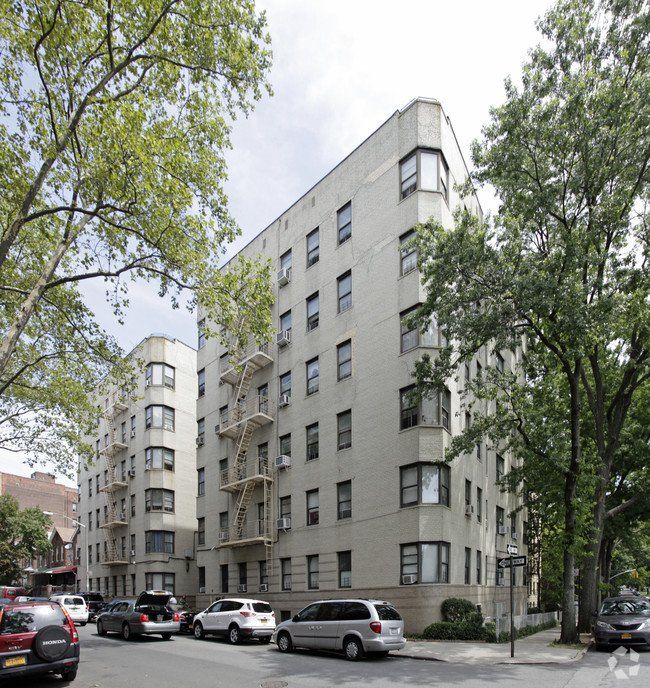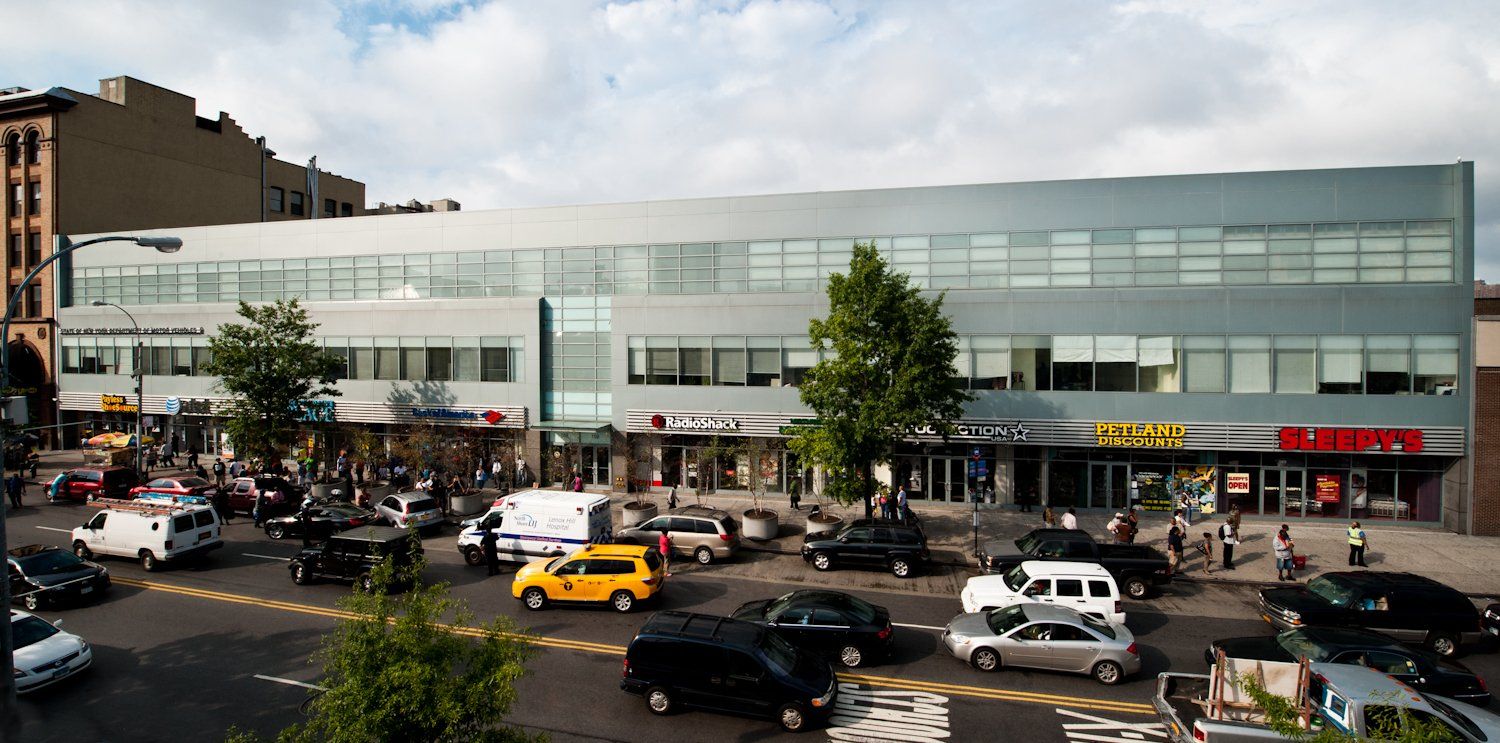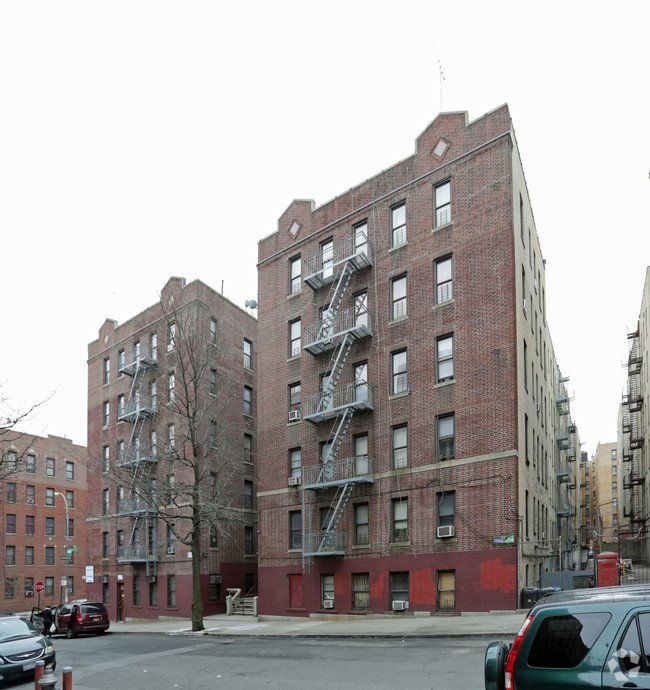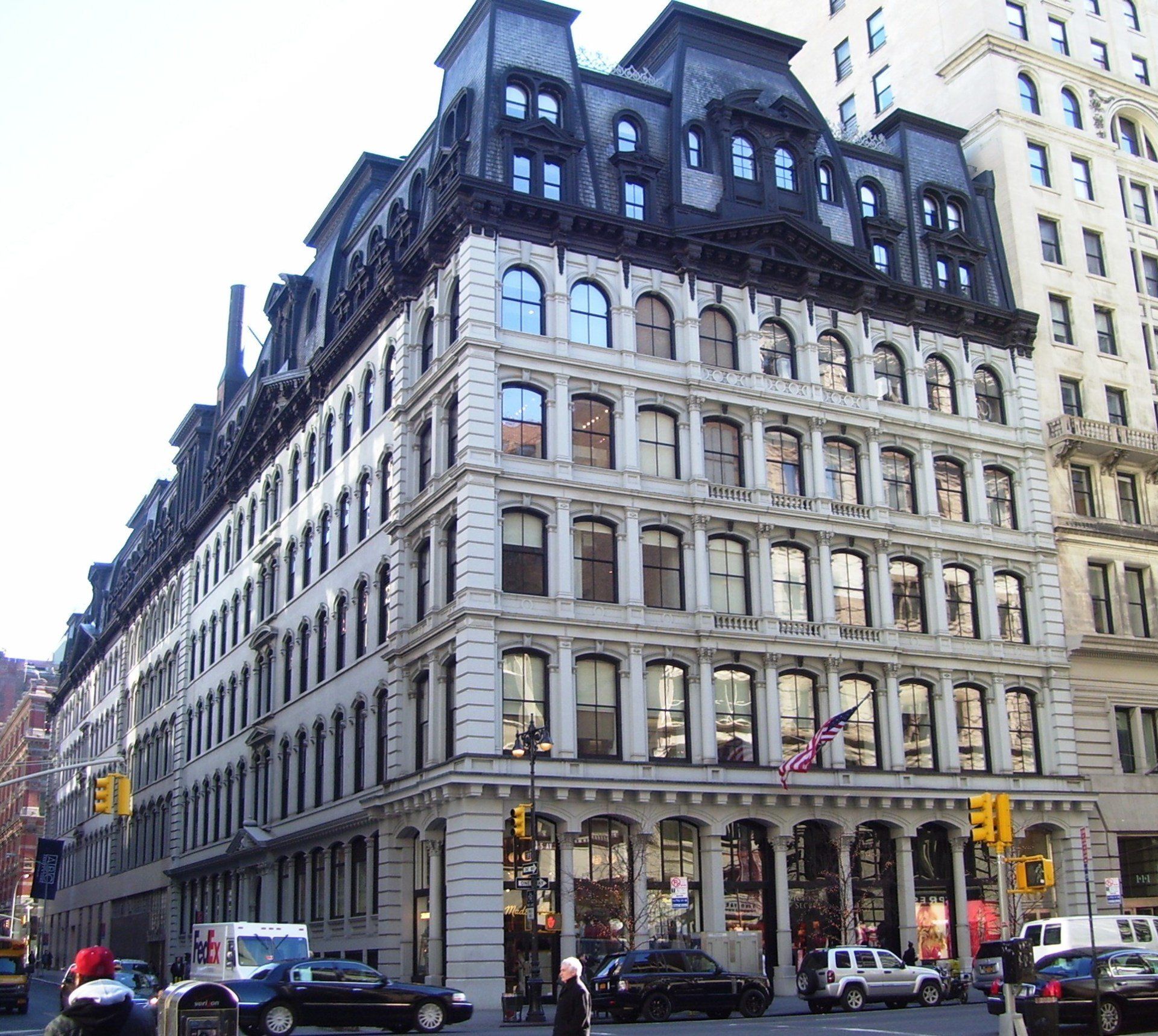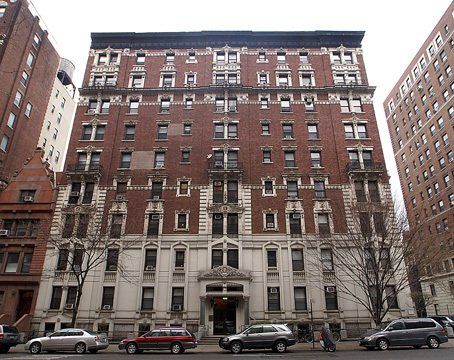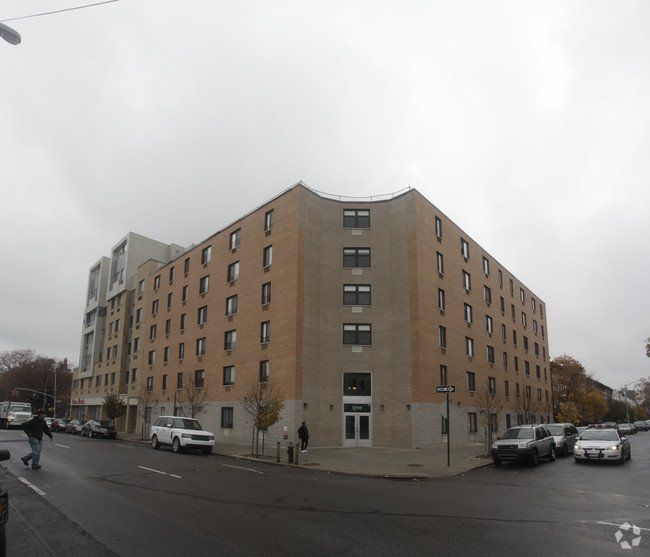Local Law 97 Green House Gas Emissions & Carbon Limit
The most ambitious climate legislations enacted.
Questions About
Local Law 97?
Submit a form to get in touch with a Project Manager who will answer questions about your NYC properties. No obligations!
What is Local Law 97?
Local Law 97 (LL97) is one of the most ambitious climate legislations enacted by any city globally. Passed in 2019 as part of New York City's Climate Mobilization Act, this groundbreaking law sets strict carbon emission limits for large buildings, aiming to reduce the city's building-based emissions by 40% by 2030 and 80% by 2050.
Which Building Types Are Affected by Local Law 97?
The law applies to:
- Buildings larger than 25,000 square feet
- Two or more buildings on the same tax lot that exceed 50,000 square feet combined
- Two or more buildings owned by a condo association that exceed 50,000 square feet combined
Key Compliance Dates
- 2024-2029: First compliance period begins with initial emission limits
- 2030-2034: Second compliance period with significantly stricter limits
- May 1, 2025: First emission report due for the 2024 calendar year
How do I comply with Local Law 97?
In the event your building is over your GHG allowance and facing penalties under LL97, an energy audit is a good first step to determine which Energy Conservation Measures (ECMs) would help the building reduce its GHG to under the allowable threshold.
Complying with LL97 might look like: improving energy efficiency through retrofits or upgrades to HVAC systems, lighting, and building envelope; installing renewable energy systems; and/or purchasing carbon offsets from a third-party provider.
Local Law 97 Frequently Asked Questions
Local Law 97 (Article 321) Prescriptive Measures
§ 28-321.2.2 Prescriptive energy conservation measures. By December 31, 2024, the owner of a covered building shall ensure that the following energy conservation measures have been implemented where applicable:
- Adjusting temperature set points for heat and hot water to reflect appropriate space occupancy and facility requirements;
- Repairing all heating system leaks;
- Maintaining the heating system, including but not limited to ensuring that system component parts are clean and in good operating condition;
- Installing individual temperature controls or insulated radiator enclosures with temperature controls on all radiators;
- Insulating all pipes for heating and/or hot water;
- Insulating the steam system condensate tank or water tank;
- Installing indoor and outdoor heating system sensors and boiler controls to allow for proper set-points;
- Replacing or repairing all steam traps such that all are in working order;
- Installing or upgrading steam system master venting at the ends of mains, large horizontal pipes, and tops of risers, vertical pipes branching off a main;
- Upgrading lighting to comply with the standards for new systems set forth in section 805 of the New York city energy conservation code and/or applicable standards referenced in such energy code on or prior to December 31, 2024. This provision is subject to exception 1 in section 28-310.3, provided that July 1, 2010 is replaced by January 1, 2020 for the purposes of this section;
- Weatherizing and air sealing where appropriate, including windows and ductwork, with focus on whole-building insulation;
- Installing timers on exhaust fans;
- Installing radiant barriers behind all radiators.


